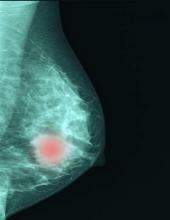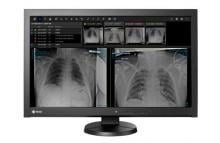In the midst of the coronavirus pandemic normal routines seem like a distant memory for many. The same holds very true for medical imaging operations. Across the country hospital radiology departments are challenged to balance the volume of incoming patients who are ill with COVID-19 with the complexities of carefully managing infection control in a busy imaging department. Meanwhile, waitlists for non-urgent and routine imaging studies are growing out of control.
© Copyright Wainscot Media. All Rights Reserved.
Subscribe Now











